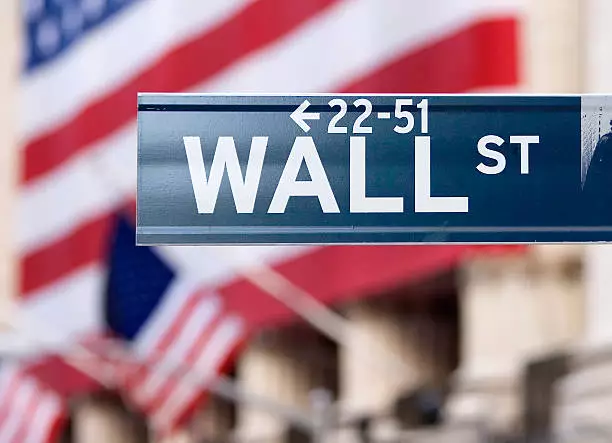Economic indicators significantly influence the financial markets, and recent inflation data in the United States has been a clear example of this dynamic. While the Dow Jones Industrial Average displayed a volatile response to the latest reports, the aftermath reveals deeper insights into market psychology, Federal Reserve policy, and the broader economic landscape.
The financial scene can be quite dramatic, as exhibited by the performance of the Dow Jones following the release of a concerning inflation report. Initially plummeting approximately 400 points, the index rebounded, stabilizing around a 0.45% downturn—a rather significant recovery in the context of market fluctuations. Such volatility underscores how investors react instantaneously to economic signals. This behavior is a reflection not just of the data itself, but also of lingering expectations and fears about economic direction. Investors often find themselves in a whirlwind, caught between immediate data interpretations and longer-term economic strategies.
The January inflation report highlighted the most substantial increase in consumer prices in more than a year, presenting a logistical challenge for the Federal Reserve. Chair Jerome Powell’s assertion that the central bank remains hesitant to lower interest rates is rooted in a cautious approach to economic stimuli. His emphasis on the PCE index as the preferred inflation measure seeks to remind stakeholders that these indicators are not as straightforward as they may seem; they require nuanced analysis before concrete decisions can be made. Powell’s remarks about wanting to see more “progress on inflation” resonate particularly in today’s environment, where vague signs of economic improvement can foster misguided optimism among investors.
The recent signals from the Federal Reserve’s leadership echo the institution’s commitment to mitigating inflation before considering any reductions in interest rates. Although the mention of “strong job creation” might seem positive, it is essential to remain cautious. The correlation between job growth and inflationary pressures is complex and warrants careful observation, especially as the extraordinary influences of tariffs loom large.
One cannot discuss U.S. inflation without contemplating the impact of tariffs. The trade policies proposed under the previous administration hint at reciprocal tariffs that might exacerbate inflationary trends. As the geopolitical landscape expands, investors must keep a vigilant eye on how such policies will affect global supply chains and consumer prices domestically. Tariffs are notorious for creating ripples through economies—raising costs on imports, which can inevitably lead to consumer price hikes. Thus, while Powell urges caution around current inflation readings, the external pressures from tariffs warrant equal attention.
These factors have transformed the market into a landscape of uncertainty. Although select sectors, like consumer non-cyclicals, managed to sustain gains amidst the upheaval, fundamental weaknesses persisted across other areas. Notably, market giants such as NVIDIA and Amazon have struggled to maintain upward momentum, illustrating the churning currents affecting even the most resilient businesses.
Delving into technical indicators, recent movements in the Dow reveal essential insights. The index’s retreat from the Consumer Price Index (CPI) data aligns with broader sentiments pervasive across various asset classes. At this precarious juncture, the Dow appears to find support near 44,450 points while imminent resistance levels hover around 44,759 and 45,097 points. The inability to establish a definitive trend—a situation marked by lower highs without a corresponding lower low—betrays the market’s underlying discomfort.
This volatile environment may feed a broader narrative of uncertainty, underscoring the importance of analyzing not just the immediate figures but also understanding the implications of these performance markers on future trading strategies. The economic climate is fluid, necessitating adaptability and vigilance from market participants.
The recent inflation data prods both caution and hope among investors trying to navigate these tumultuous waters. With inflation being a double-edged sword that can stratify economic activity, stakeholders are left to weigh their strategies carefully. As they glance towards the Federal Reserve and external economic conditions, the road ahead remains laden with complex challenges and opportunities.

